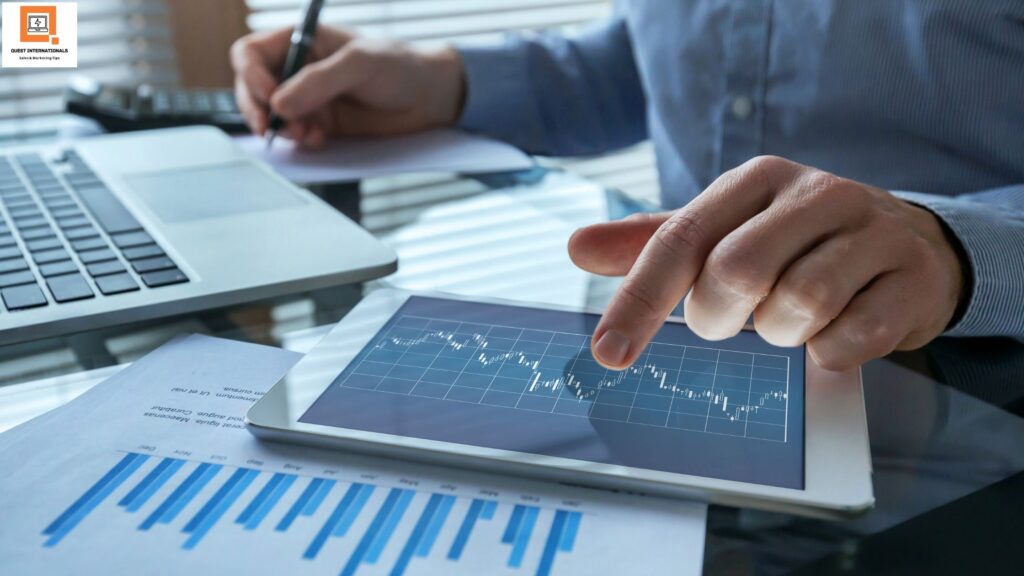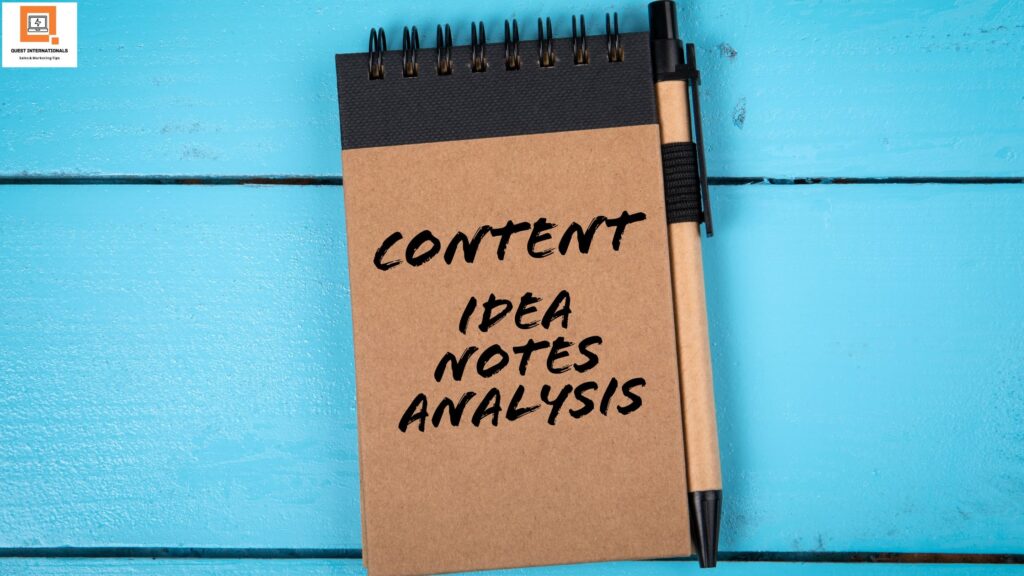Instagram for Business has become an essential tool for businesses trying to engage with their target customers and advertise their goods or services in the current digital era. However, analyzing Instagram for Business efficiency is crucial if you want to remain competitive in the cutthroat world of social media marketing. This process involves assessing the effectiveness of a business’s efforts in achieving its goals and objectives. Here’s why it’s crucial for businesses.
1. Instagram for Business: Analytics vs Insights:

Analytics and Insights are two distinct tools provided by Instagram to help users, particularly businesses, measure their productivity and performance on the platform. They serve complementary roles in productivity measurement, but they focus on different aspects and provide different sets of data. Here’s how they differ and their respective roles:
Instagram Analytics:
- Source: Analytics is typically associated with third-party tools or platforms that offer more comprehensive and in-depth data analysis beyond what Insights provides. To gain deeper insights into the performance of Instagram for Business, many businesses use third-party analytics tools.
- Data Depth: Analytics provides a broader range of data, including detailed information on follower demographics, user behavior, and content performance. It can track metrics such as website clicks, conversion rates, and revenue generated from marketing efforts.
- Customization: Users have more flexibility to customize reports and dashboards to track specific key performance indicators (KPIs) relevant to their business goals. This customization allows for a more tailored analysis of Instagram for Business productivity.
Instagram Insights:
In Insights, data is categorized into Content, Activity, and Audience sections. Analyze interactions, reach, and content performance in the Content section. Activity insights help you track profile visits and audience discovery, while Audience data offers demographic information and insights into when your followers are most active. Use these insights to fine-tune your content and strategy for optimal engagement and growth.
- Source: Insights is the built-in analytics feature provided by Instagram itself. It is available to all business accounts and provides a basic overview of account and post-performance.
- Data Depth: Instagram for Business Insights offers essential data such as follower demographics, impressions, reach, engagement, and the performance of individual posts. It focuses on high-level metrics that are useful for quick assessments of performance.
- Simplicity: Insights is user-friendly and easy to access directly from the Instagram app or web platform. It’s a convenient tool for businesses that want a snapshot of their performance without the need for third-party tools.
- Audience Insights: It provides valuable information about the demographics and behaviors of your followers, helping businesses understand who their audience is and what content resonates with them.
2. Key Instagram Metrics for Business:
- Monitoring and analyzing Instagram metrics is essential for businesses to gauge the impact of their presence. Key metrics like likes, comments, shares, followers, reach, and engagement rate provide insights into content resonance and audience interaction.
- Hashtag performance and optimal posting times enhance content strategy. Instagram Business Stories metrics provide a quick overview of how engaged your audience is with your stories, while profile visits indicate the interest generated by your posts.
- Evaluating link clicks and conversion metrics is vital for measuring the impact of your bio links and advertising campaigns. This enables businesses to make informed decisions, fine-tune their Instagram for Business strategy, and work towards achieving their marketing goals.
3. Instagram for Business: Tracking Follower Growth
Tracking Instagram follower growth is crucial for assessing your content and engagement strategies. Use Insights to monitor your follower count and set clear growth goals. Regularly analyze periods of significant growth or decline, and track unfollows to identify issues.Correlate growth with your content calendar, consider third-party analytics tools and actively engage with your audience to foster community.
Collaborate, run contests, optimize content, utilize hashtags, promote on other platforms, and evaluate paid advertising to accelerate growth. These strategies, when applied consistently, can help build a strong and engaged Instagram for Business following.
Measuring Engagement:
Engagement is a key metric in digital marketing, especially on social media platforms like Instagram, Facebook, and Twitter. It’s a measure of how actively and deeply your audience interacts with your content. Understanding the importance of instagram engagement strategies
for engagement and knowing how to calculate it is essential for assessing the effectiveness of your online efforts.
Importance of Engagement:
Audience Connection: Engagement is a measure of your capacity to socially and emotionally engage your audience. It demonstrates that they connect with the content you provide.
Feedback Loop: Engagement provides a direct feedback loop. Comments, in particular, offer valuable insights and suggestions from your audience.
Calculating Engagement Rate:
The engagement rate is typically calculated as a percentage and is a ratio of the total engagement actions (likes, comments, shares, etc.) to the total number of followers or reach. Here’s how to calculate it:
4. Content Performance Analysis:

Instagram for Business, analyzing the performance of different content types, like photos, videos, and stories, is pivotal for businesses and creators on platforms like Instagram. It reveals audience preferences, and engagement metrics, and guides content strategy. It enables adaptation to trends, storytelling refinement, and optimal timing.
Understanding conversion rates, diverse audience reach, and cost efficiency is vital for achieving goals. Feedback-driven improvements and alignment with platform algorithms enhance visibility. Ultimately, content performance analysis empowers effective content creation and engagement strategies.
5. Hashtag Effectiveness:
To evaluate hashtag effectiveness, start by tracking reach and impressions with analytics tools, assessing engagement metrics, and monitoring follower growth tied to specific hashtags. Measure click-through rates (CTR) if driving traffic is your goal, and analyze hashtag performance over time while observing post ranking in hashtag feeds.
Compare multiple hashtags’ contributions and consider the suitability of niche versus general tags. Encourage user-generated content through branded hashtags, conduct A/B testing, and listen to audience feedback. Continuously adjust and iterate your hashtag strategy based on insights to enhance your content’s discoverability and impact on social media.
6. Identifying Peak Posting Times for Maximum Engagement:
Finding the best times to post on social media is crucial for maximizing engagement and ensuring your content reaches the widest possible audience. Here’s a guide on how to identify those peak posting times:
Analyze Your Audience Insights:
Start by delving into your platform’s audience insights. Most major social media platforms offer data on when your followers are most active. Look for information on peak days and hours.
Consider Your Target Audience:
Think about your target audience’s demographics and behavior. Consider factors like their age, occupation, and time zone. If you have a global audience, you may need to schedule posts to reach different time zones effectively.
Experiment with Posting Times:
Begin with educated guesses based on your analysis, but be prepared to experiment. Post at various times and days to see which slots generate the most engagement.
Watch for Patterns:
Over time, observe patterns in your engagement data. Do you consistently get more likes and comments on posts shared in the morning or evening?
Consider Platform Algorithms:
Be aware of platform algorithms. Some algorithms prioritize recent content, so posting when your audience is most active can increase your content’s visibility in followers’ feeds.
7. Making Use of Analytics to Improve Strategy:

- Effectively using insights and analytics is paramount for refining your Instagram for Business marketing strategy. Regularly check Instagram Insights to understand your audience and content performance. Tailor your content to match your audience’s demographics and habits, scheduling posts during peak activity times.
- Dive into content-specific data to identify successful posts and evaluate your follower growth trends. Calculate your engagement rate and assess the effectiveness of hashtags and Stories. Adapt your content strategy based on insights, set clear goals, benchmark against competitors, and conduct A/B testing.
- Engage with your audience, stay updated on platform changes, and monitor conversion metrics for advertising campaigns. These practices will help you continuously optimize your Instagram for Business presence for better results.
Conclusion
Measuring Instagram for Business productivity through analytics and insights is an indispensable practice for businesses and creators aiming to succeed on this dynamic platform.
By regularly reviewing data on audience demographics, content performance, engagement, and more, you can refine your strategy, enhance engagement, and achieve your marketing goals. Whether it’s identifying peak posting times, optimizing hashtag usage, or fine-tuning your content approach, the insights gained from analytics empower you to make informed decisions and adapt to ever-evolving trends.
Remember, Instagram productivity isn’t just about the quantity of posts but the quality and impact of your content. You can maintain competition and drive Instagram for profitability by consistently using analytics and Insights.




